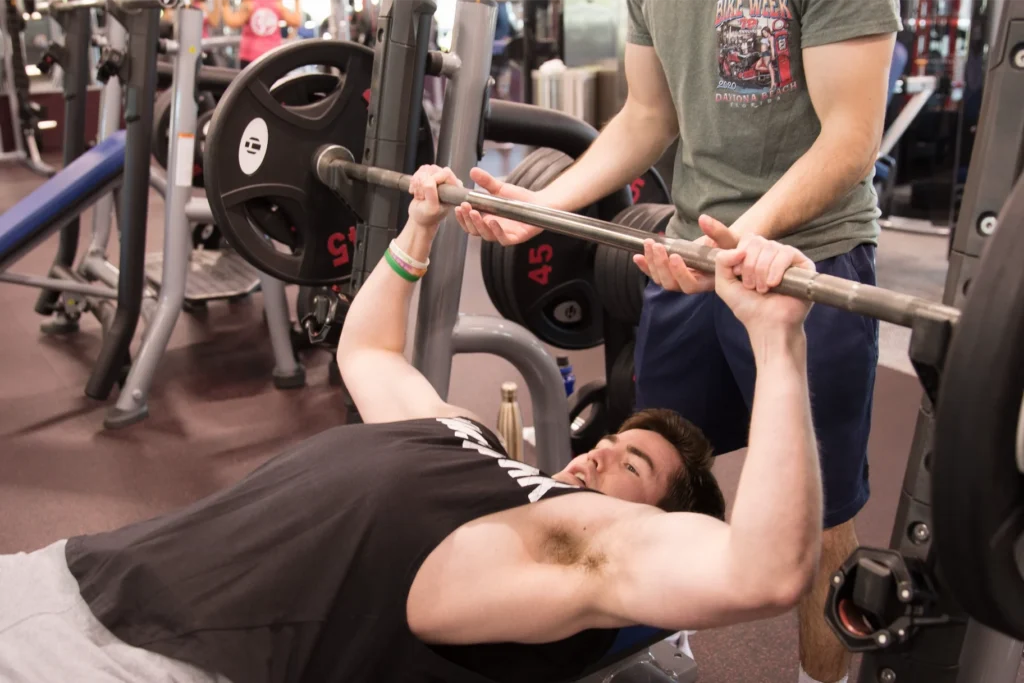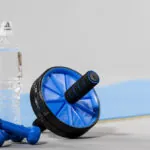Elbow pain during weight lifting is a common complaint that can stem from a variety of causes. Understanding why your elbows hurt can help you address the underlying issue and continue to train effectively while minimizing discomfort. Here’s an overview of why you might experience elbow pain during weight lifting and what you can do about it.
Common causes of elbow pain among weightlifters
Improper Technique
- Incorrect form: Using improper lifting techniques can place undue stress on your elbow joints. For example, flaring your elbows excessively during a bench press or not keeping your wrists aligned during curls can strain the muscles and tendons around the elbow.
- Overextension: Extending the elbows too much during exercises like tricep extensions or push-downs can lead to hyperextension, causing pain and inflammation.
Overuse
- Repetitive strain: Performing the same movements frequently or with excessive volume can lead to overuse injuries such as tendonitis. This is common in lifters who perform a lot of repetitive arm exercises.
- Lack of rest: Not allowing sufficient recovery time between workouts that stress the elbow joint can lead to chronic pain and injury.
Weight and resistance issues
- Lifting too heavy: Attempting to lift weights that are too heavy for your current level of strength can strain the elbow joint and the surrounding muscles.
- Rapid increases in weight: Quickly increasing the amount of weight lifted without proper progression can shock the tissues around the elbow, leading to pain and discomfort.
Managing and preventing elbow pain
Review and improve technique
- Seek professional advice: Work with a fitness trainer to ensure your form and technique are correct. Minor adjustments in your lifting technique can significantly reduce elbow strain. If you need assistance and want to make sure you don’t have any issues with your elbows, get connected with our personal trainers in Fayetteville.
- Watch angles and positions: Pay close attention to the position of your elbows and wrists during exercises to ensure they are aligned and moving naturally.
Incorporate adequate rest and recovery
- Rest days: Incorporate rest days into your training regimen to allow muscles and joints time to recover. Also, you may not be taking in enough nutrients during recovery time. Check these nutrition tips to see where you stand on that front.
- Active recovery: Engage in activities that help maintain joint mobility and muscle flexibility without placing additional stress on the elbows.
Gradually increase intensity
- Progressive overload: Ensure that you increase weights gradually according to your strength gains. This gradual increase helps prevent the stress and strain that can lead to injury.
- Strengthen supporting muscles: Strengthen the muscles surrounding the elbows, such as the forearms, wrists, and shoulders, to provide better support and reduce the load on your elbow joints.
Use supportive equipment
- Elbow sleeves or braces: Consider using elbow sleeves or braces during workouts to provide extra support and warmth to the elbow joint, which can help reduce pain.
Consult with healthcare professionals
- Physical therapy: If elbow pain persists, consult with a physical therapist who can provide exercises and treatments to rehabilitate the elbow.
- Medical evaluation: For persistent or severe elbow pain, seek medical evaluation to rule out more serious conditions like fractures or arthritis.
Final thoughts
Elbow pain while lifting weights can be caused by factors such as improper technique, overuse, or lifting too heavy too soon. By addressing the underlying causes, implementing proper techniques, and ensuring adequate recovery, you can alleviate elbow pain and prevent it from recurring. Always listen to your body and seek professional advice if the pain does not improve with self-managed care.





